What if you could have all of the best aspects of your favorite outfit but look like you were wearing something new to every party? This is exactly what stomachers did for the elite back in the 16th through 18th centuries. The surviving examples are beautiful insights into both the artistry of the time and the style of those they were created for. It is easy for them to get overlooked by fashion history fans but really deserve just as much attention as any other item.
I was surprised to find so many in the collections of various museums and am excited to share some of my favorites with you.
Stomachers: history
Stomachers date back to the 1500s, when they are seen in many portraits, including several of Queen Elizabeth I. They were made to provide extra embellishments to a gown and to also facilitate the popular styles of the time. They likely first emerged as an aspect of the French farthingale and then continued to be a staple of the wardrobe of upper-class women until the late 1700s.
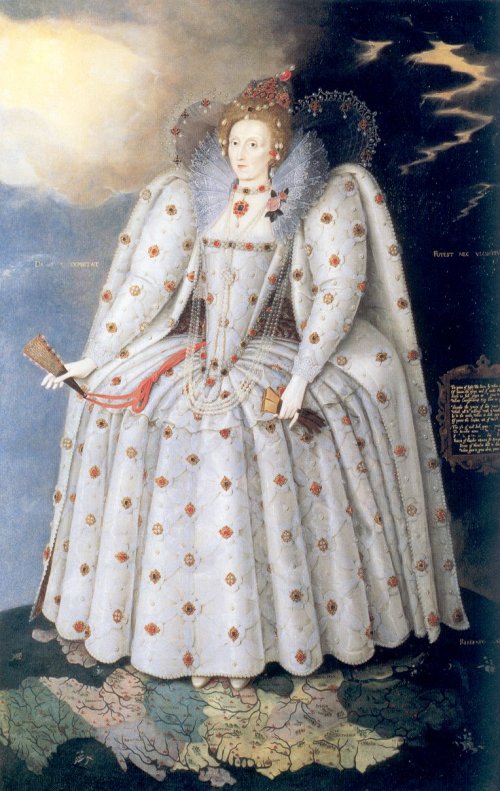
As we saw in my post on the pannier, in the 1700s stomachers were a common part of the robe à la française. When used with this type of gown they were often made to match the exposed petticoat.
Besides allowing for the opportunity to add diversity to one’s wardrobe, stomachers had practical purposes as well. Writes The Pragmatic Costumer:
“Having an open-front bodice was quite practical. It gave the lady multiple options for outfits by mixing the open bodice with different stomachers and petticoats. It also allowed for changing body shapes, like weight gain or loss and pregnancy. All a lady had to do was change the width of her stomacher to accommodate her changing body. Purchasing or making a fresh stomacher was much easier and less expensive than replacing a whole gown.”
But fashion still played a key role. From the mid to late 1700s trimmings on European gowns were so expensive they became the focus, similar to the excitement over imported milliner trimmings seen in the early 20th century. An elaborate stomacher was the sign of wealth and refined taste.
While widely worn in the 18th century, stomachers largely faded from the scene due to the emergence of the long, flowy dresses of the Regency period. They were occasionally used in the 19th century but would be replaced then with tight, closed bodices.
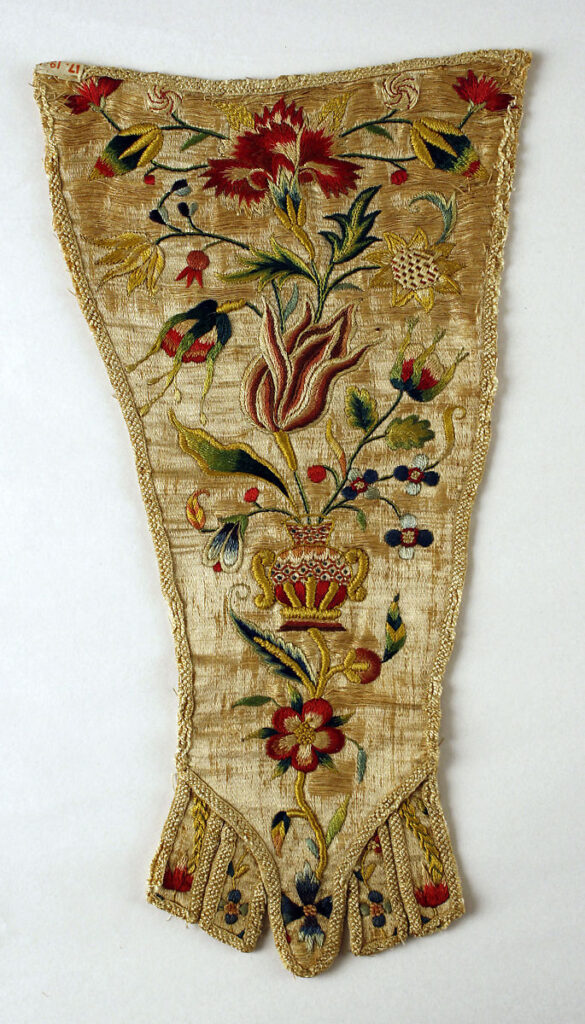
Different types of stomachers
There were many different trends and types of stomachers, mostly related to how they were attached and how they were decorated. As far as the shape was concerned, they were largely pointed at the bottom per the style of the time, though other than that the variety is enormous.
Ribbons to attach to the inside of the dress
Most stomachers attached to a woman’s stays with the use of pins, though another style used either ribbons that would attach to tabs in the dress, or the other way around, tabs that would be attached with ribbons.
Below is the first type. It is also a rare example of a more square-shaped stomacher and probably appeared similar to the painting below it.

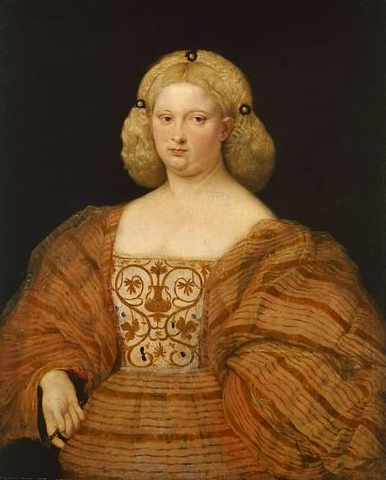
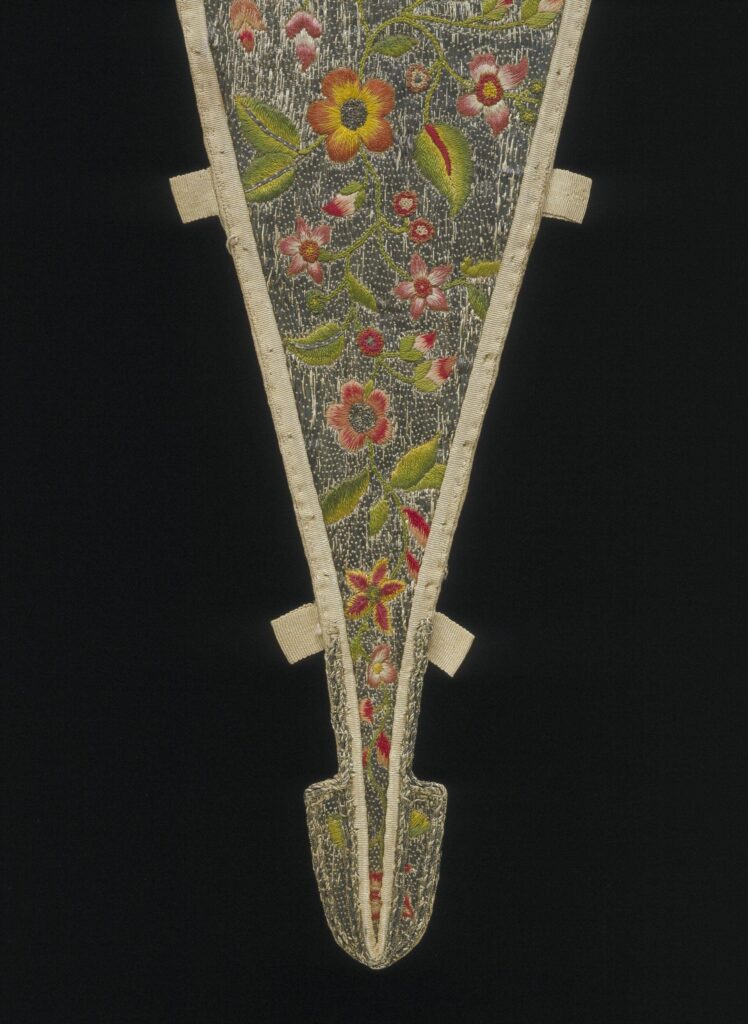
Matching the dress
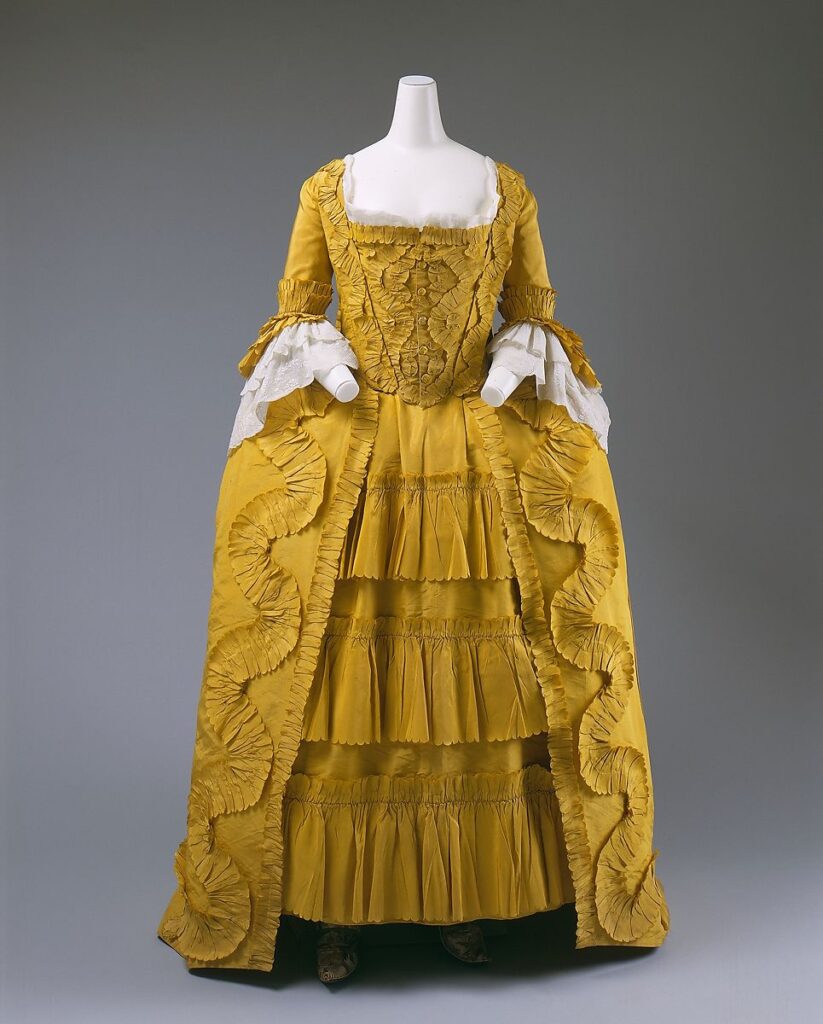
Contrasting the dress
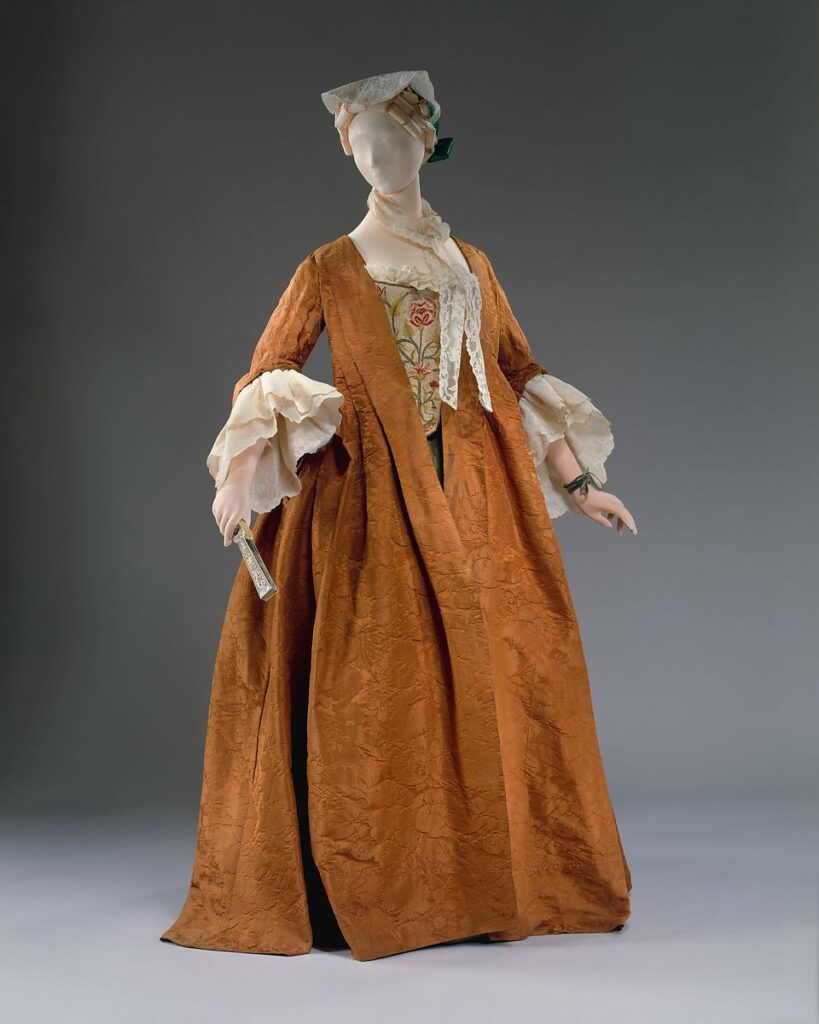
Blackwork
Blackwork was a style of embroidery used in the late 1500s that featured intricate designs using one color of dark thread, typically black. It is seen on many stomachers from the time.
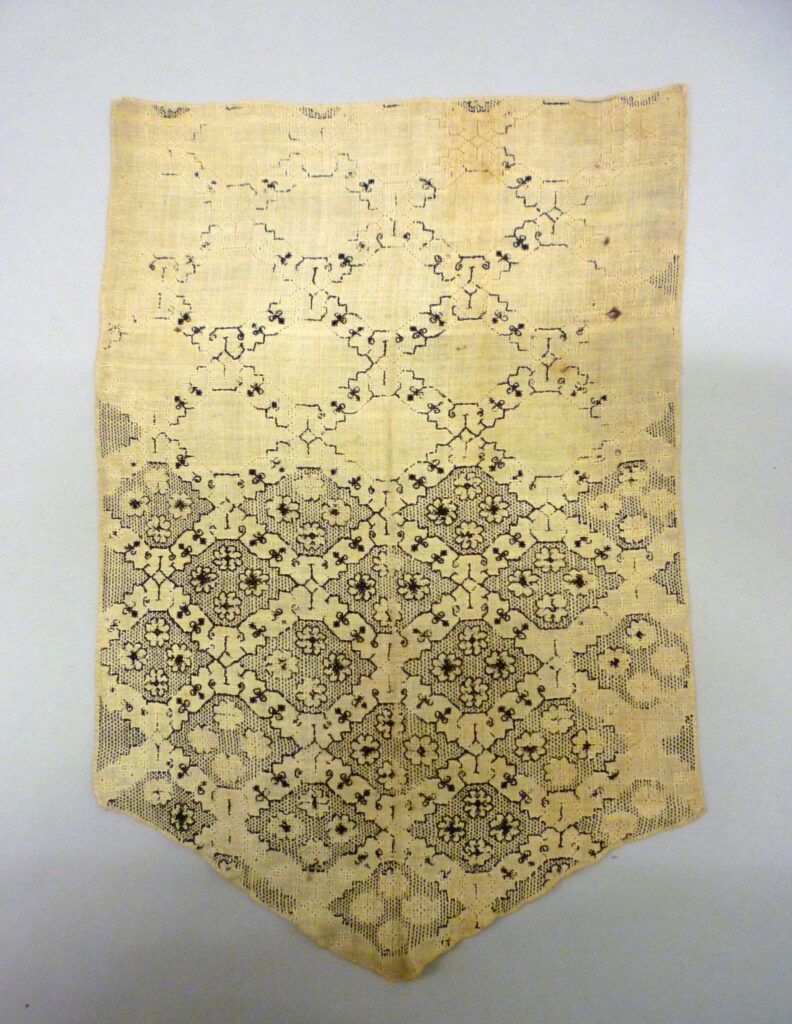
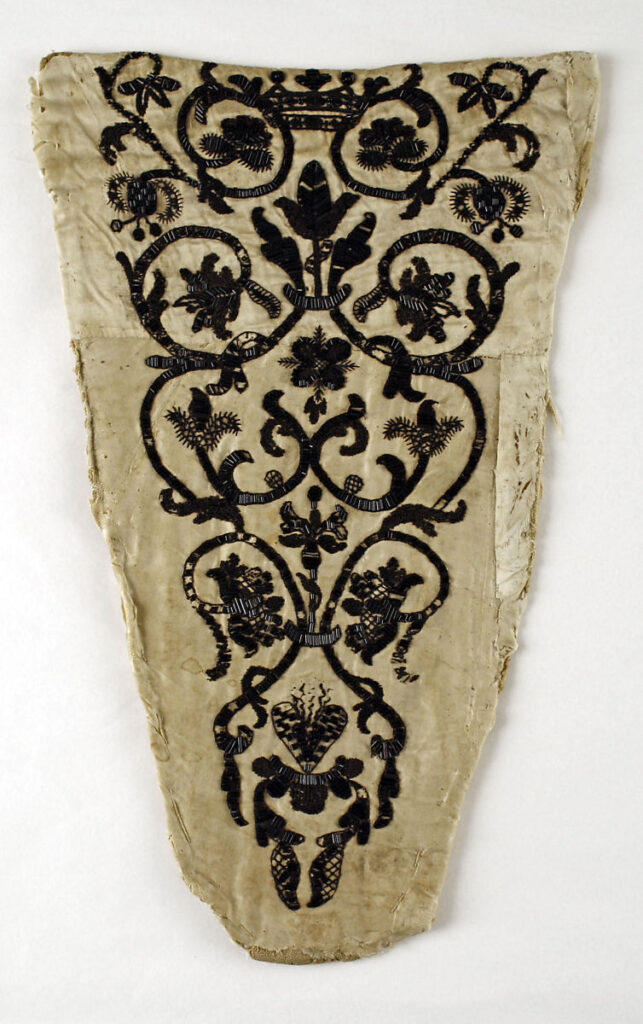
Embroidered and quilted
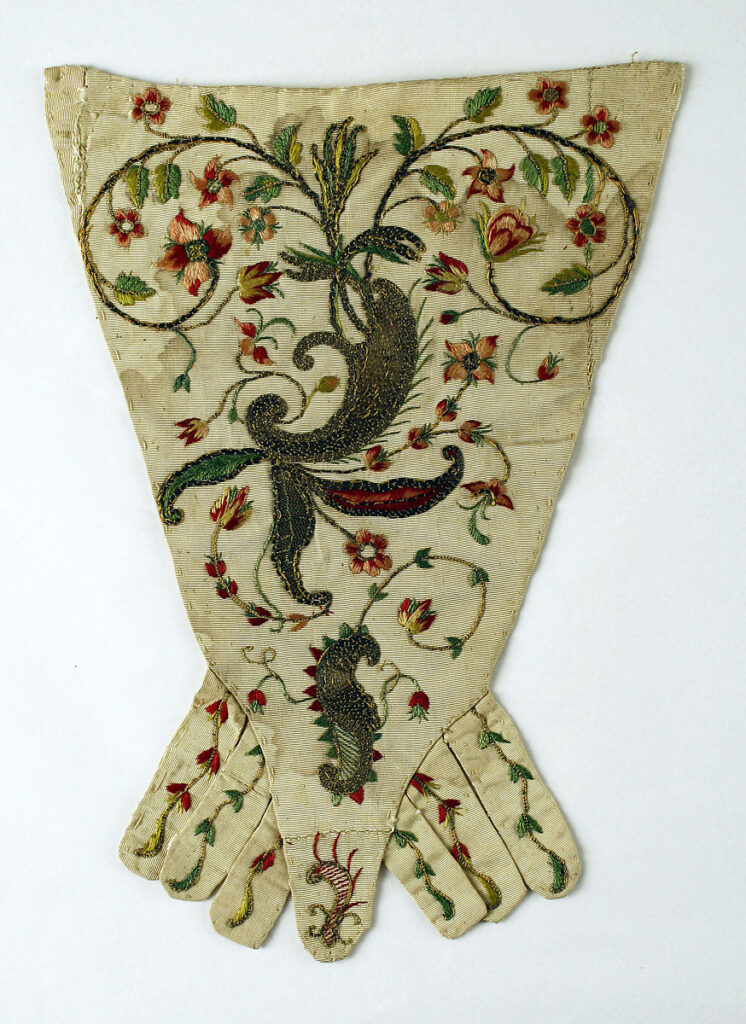
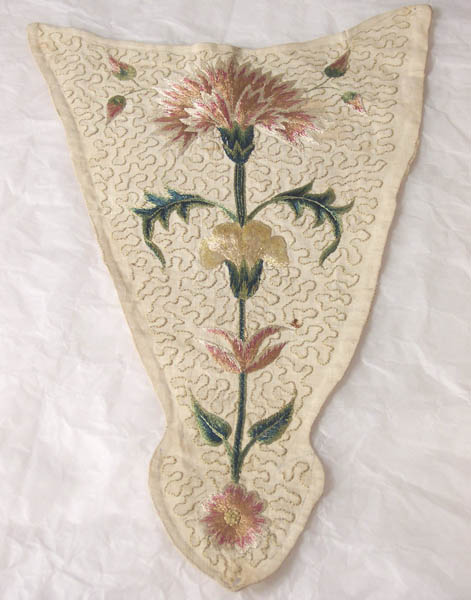
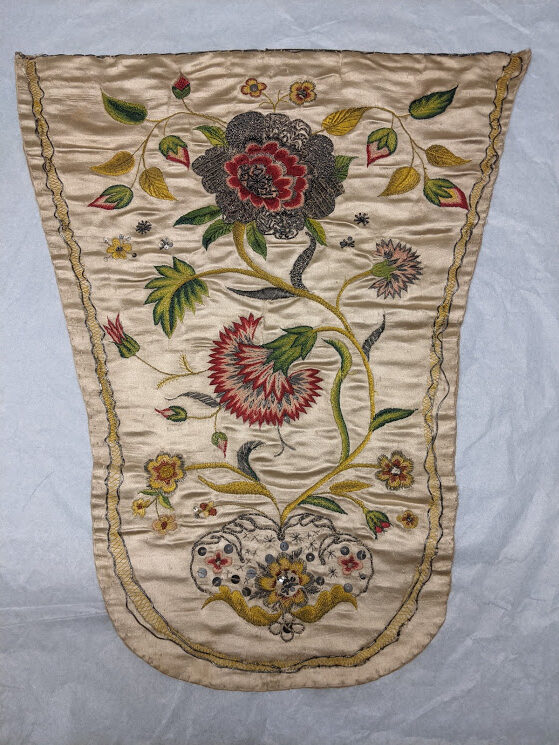
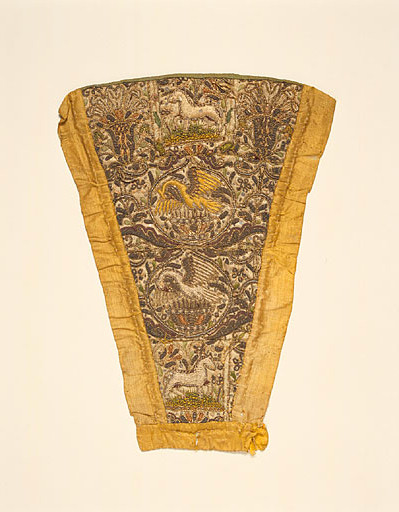
Love accessories and underpinnings? You may enjoy:
The rise and fall of the bustle: a short history
Pannier, robe à la française, and robe à la anglais: what’s what

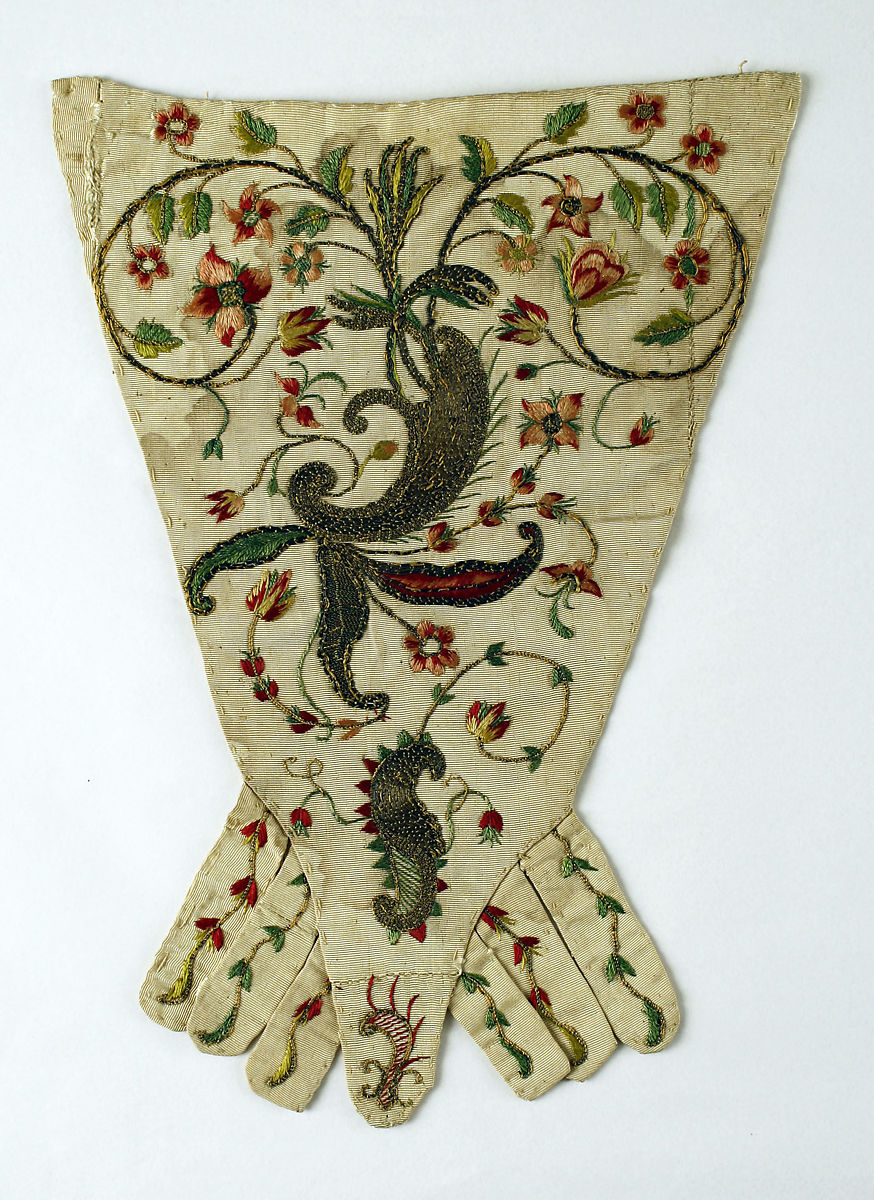
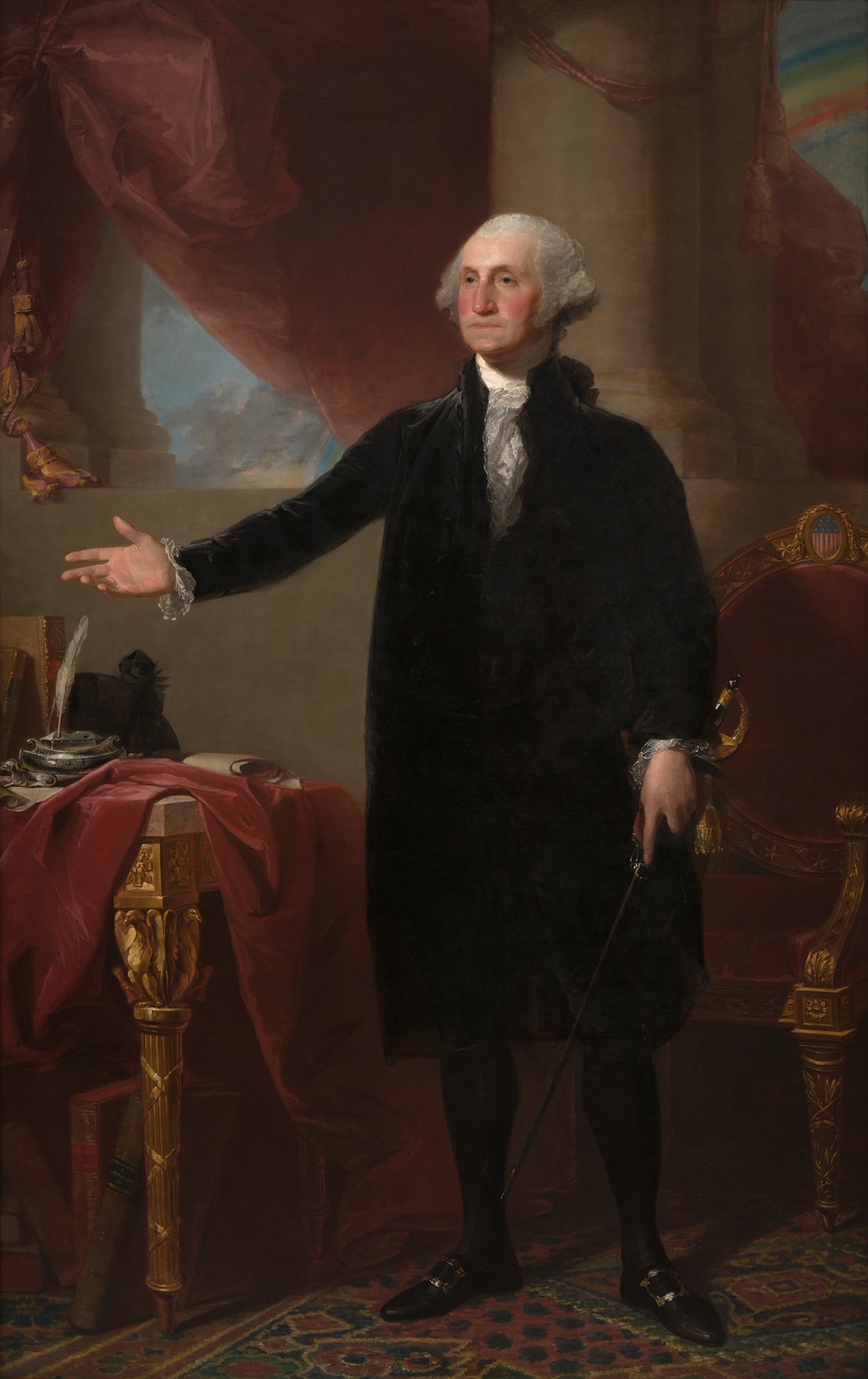




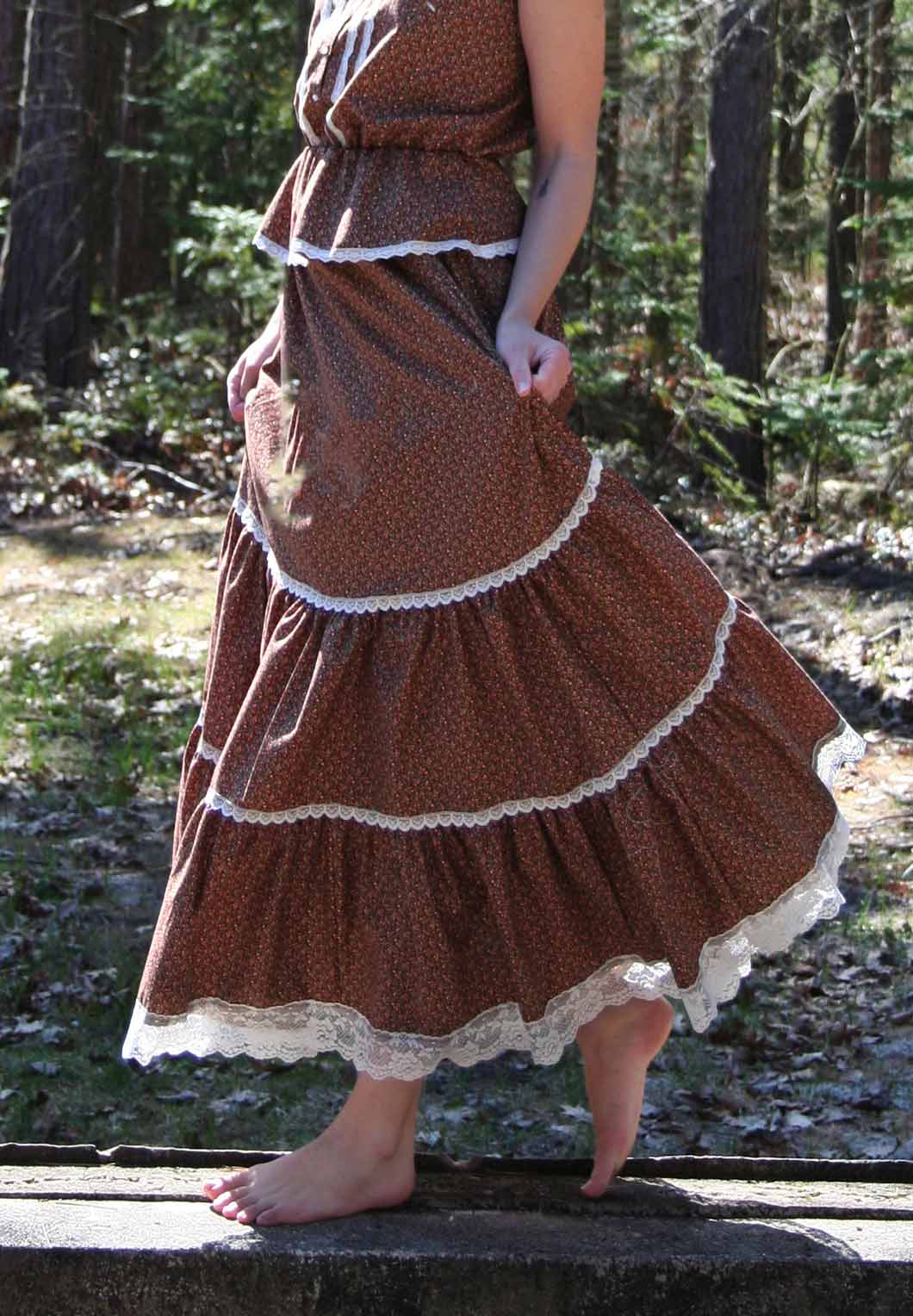
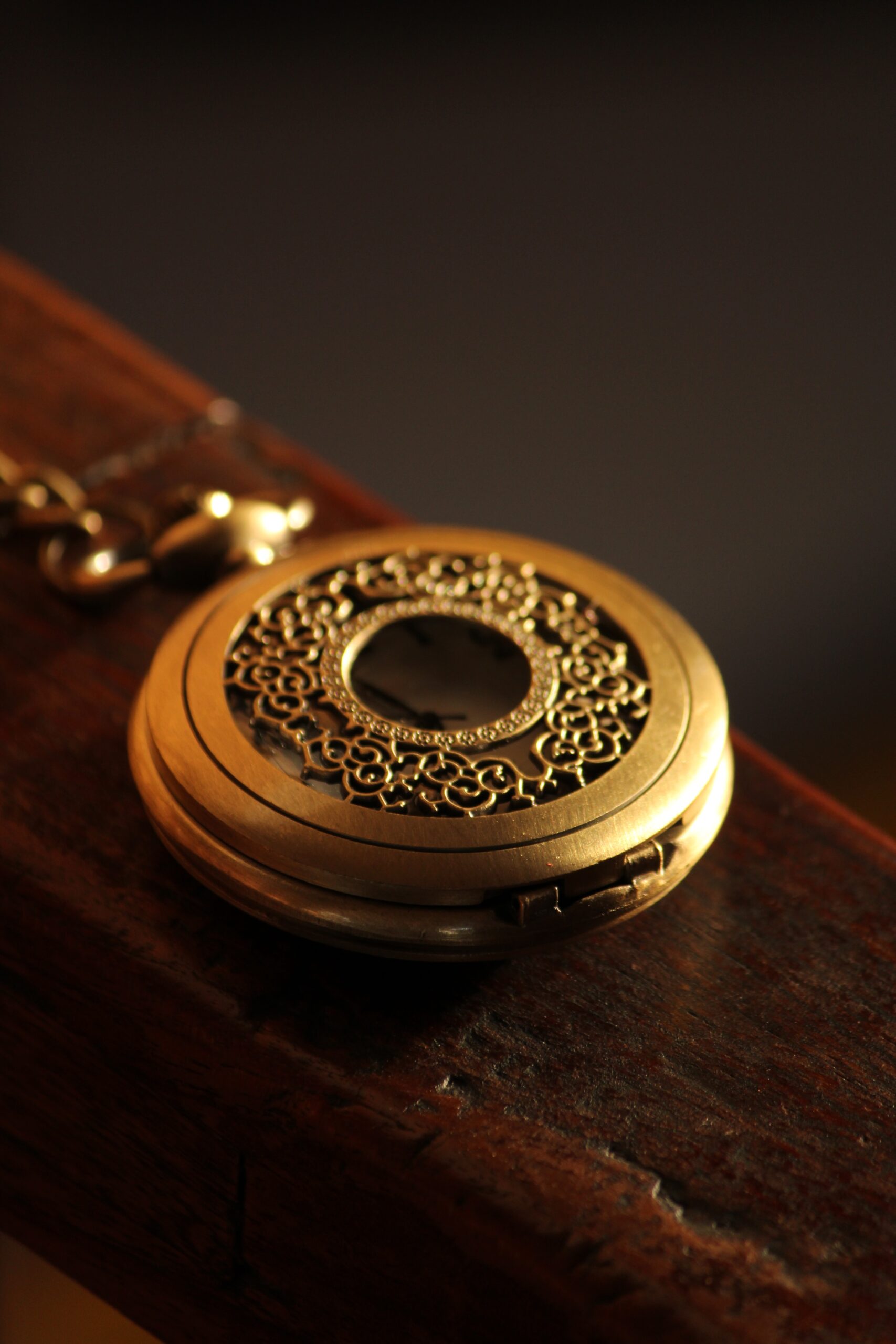
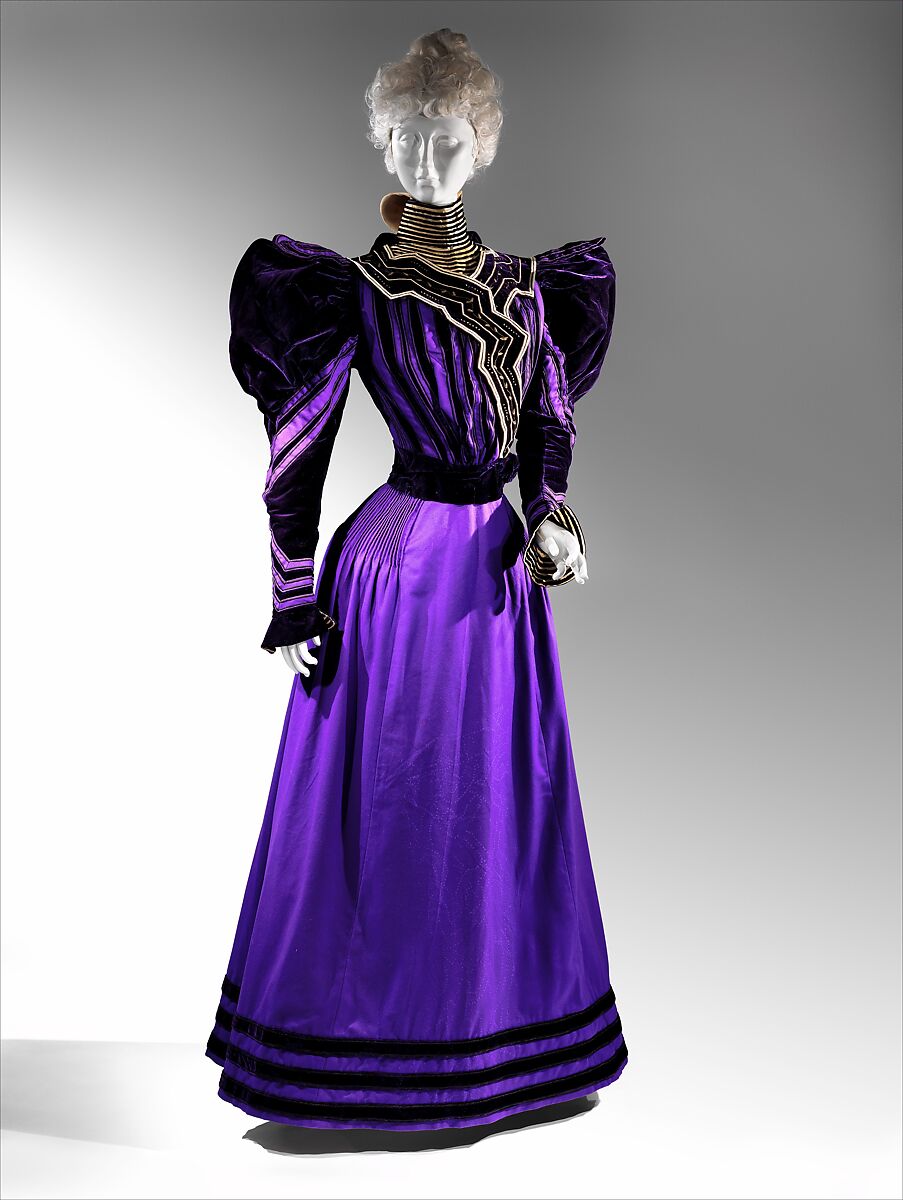

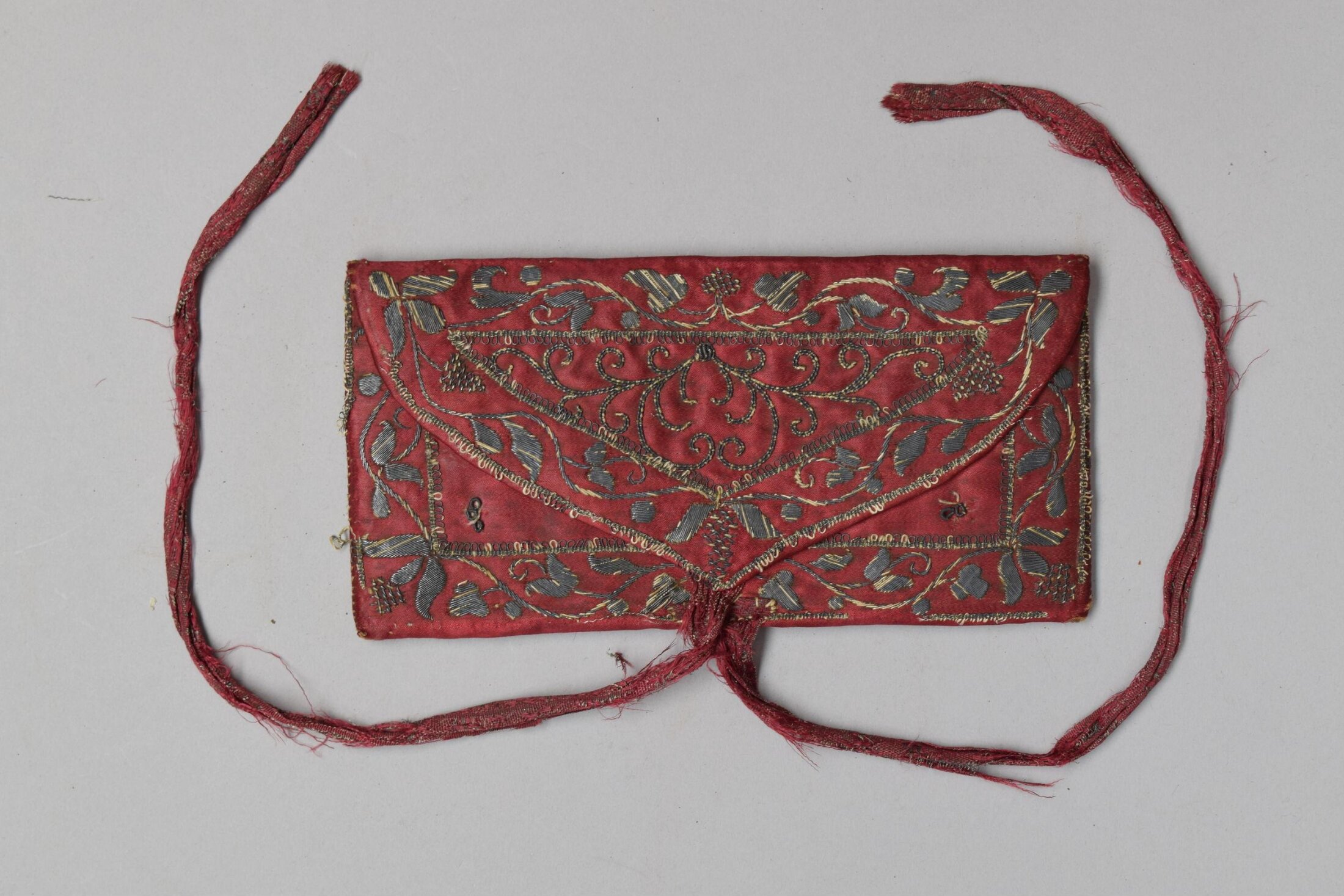
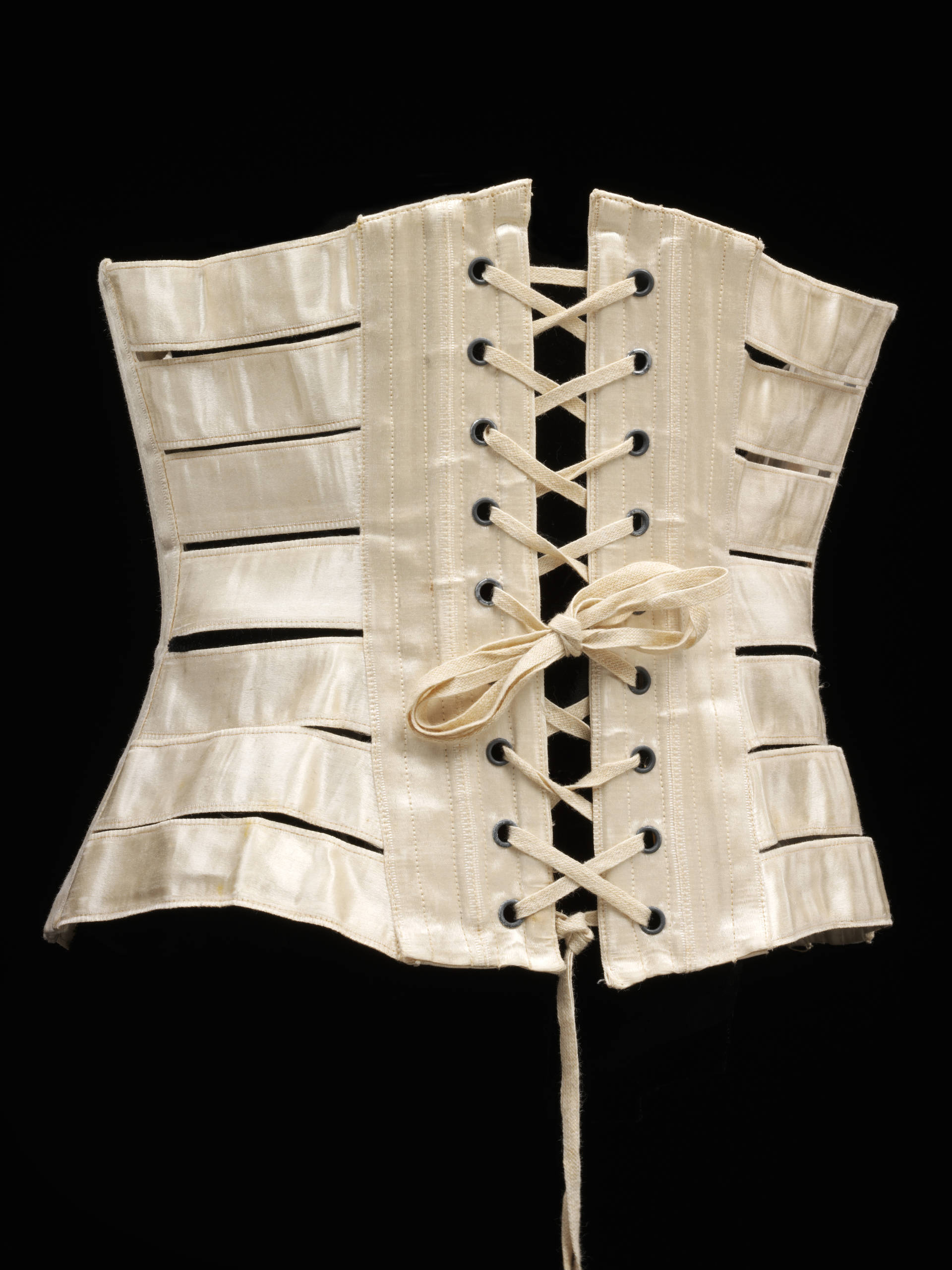
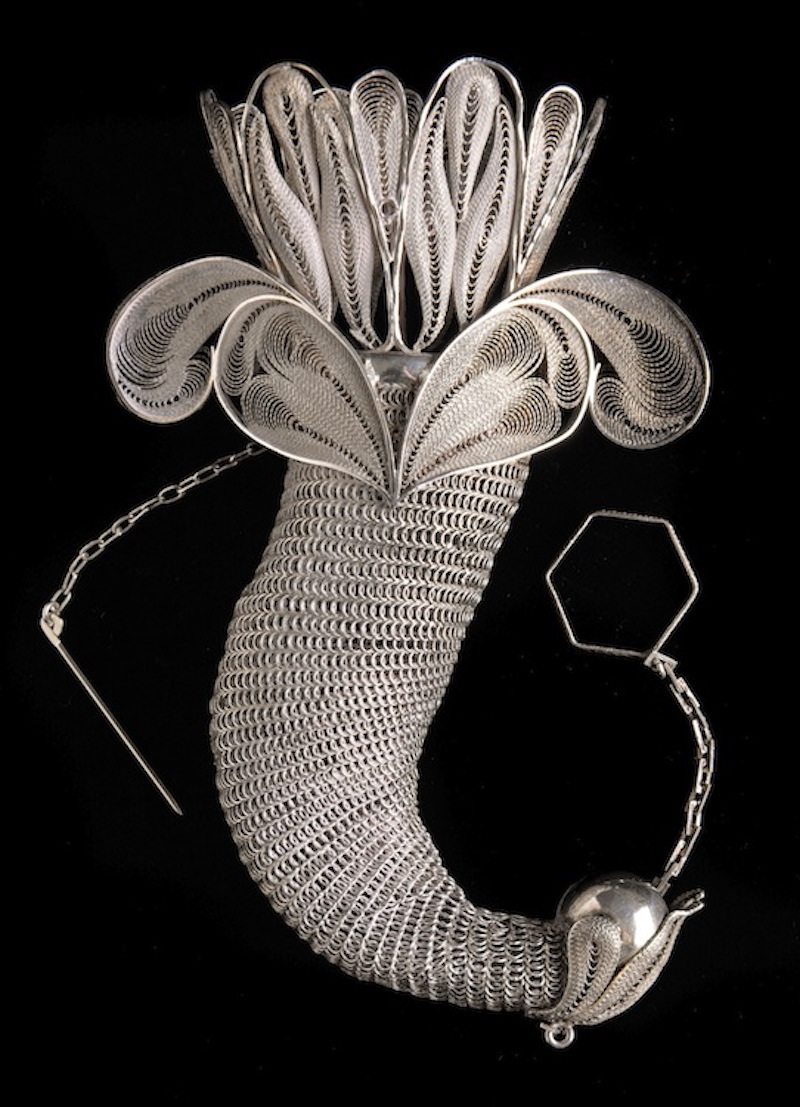
Hi Janice,
came here looking for the Valentine’s Day blog post and ended up reading more about fashion and fashion history. I just wanted to give you a shout out for the amazing research and documentation – which is something I wish more people were doing (both proper research and giving credit / praise). We have mutual interests, we seem to be prowling the same web resources 🙂
Best regards,
Victoria